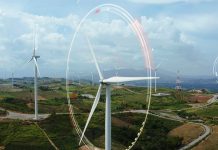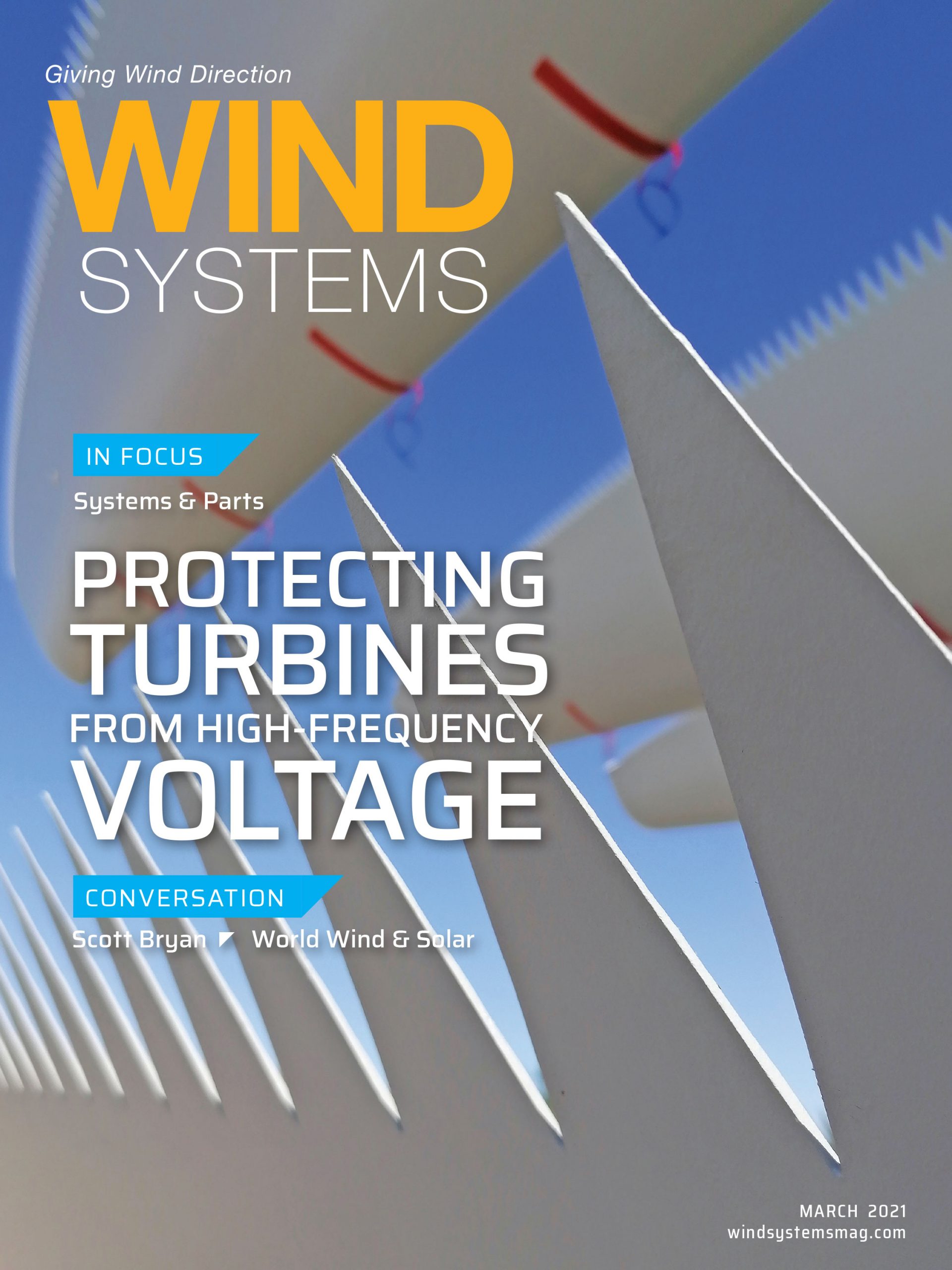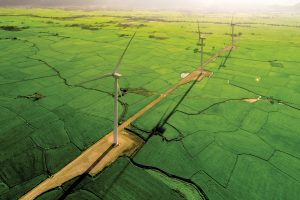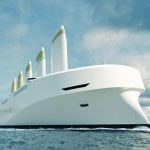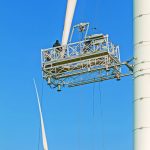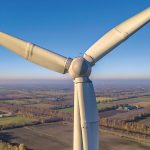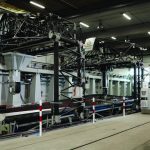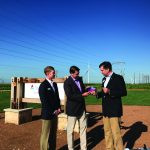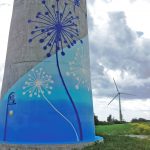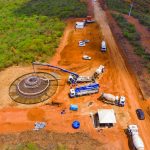As one of the original pioneers of wind energy in the U.K. back in the late 1980s, Windcluster is now among the first to explore the possibilities of wind-turbine life extension.
The current Vestas V52 turbines were installed at its Haverigg site, Cumbria, in 2005 and were originally designed for a 20-year lifespan. However, due to operating under relatively low stress conditions at the site and the provision of a good maintenance regime, the turbines are still in excellent condition, and the directors have successfully gained the consent required to extend the life of the turbines and keep the site operational for a further 15 years.
The landowners readily agreed to extend the existing lease, and the required planning consent was granted by Copeland Borough Council after it was unanimously approved by its members.
“Back in 1988, when I founded Windcluster, people thought I was mad,” said Colin Palmer, founder and managing director of Windcluster. “Fossil fuels and nuclear power were their vision of the future, but they were wrong. Today, Windcluster is part of a multi-billion-pound global industry that is leading the charge to net zero.
“Thirty-three years ago, Windcluster was just an idea, and wind energy was widely dismissed as a passing fad. Hard to believe now, but it was a huge struggle to raise money for the company when we built our first wind turbines in 1992. Undeterred, I managed to raise the money and support we needed to build our first project on a windy airfield in Cumbria, one of the first commercial windfarms in the U.K.”
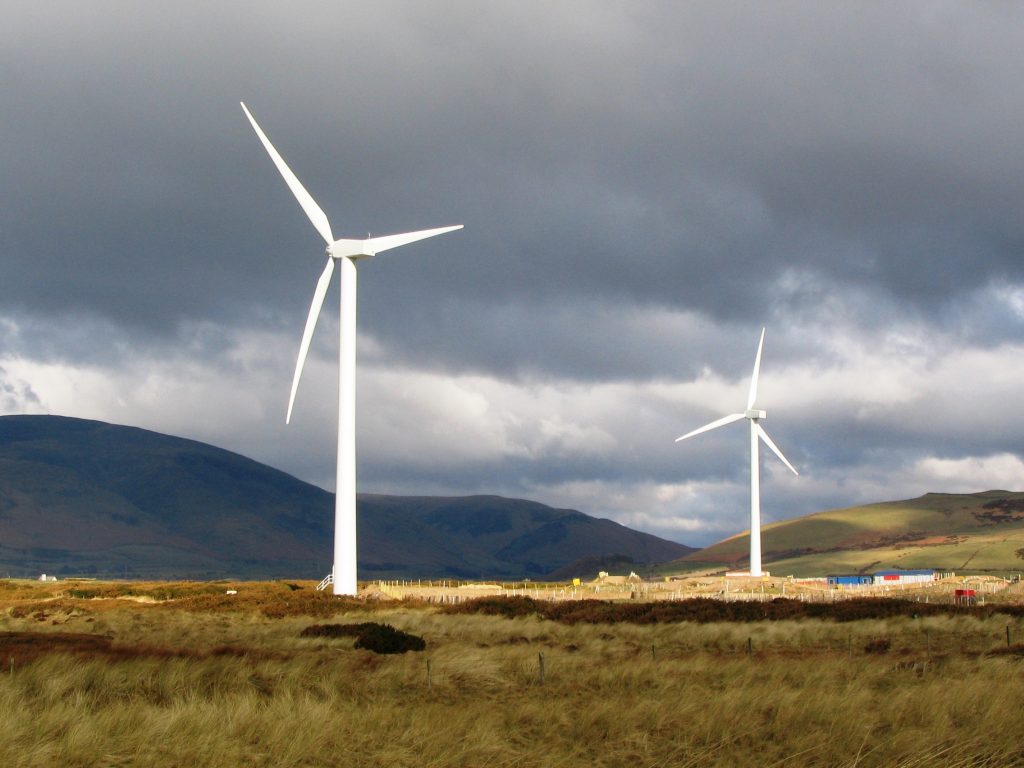
Repowered in 2004
In 2004, Windcluster repowered the original turbines, and now those replacements are approaching the end of their original planned design life, which makes this the right time for Palmer and the Windcluster team to chart a new course for the future and become pioneers of wind-turbine life extension.
“Our turbines are in very good condition and were over-designed for the site conditions, so we are confident that they will run for long after their original life expectancy,” Palmer said. “Our challenge now is to work out for how long and what we need to do to keep them performing at their best. If all goes well, they could still be turning in 2040, more than 50 years after Windcluster was originally founded.”
There are still four years until the turbines reach the end of their original life in 2025, ensuring there is ample time to carefully plan the management of the life extension. The first step of which is to commission an engineering study of the remaining life, from which components identified for replacement or refurbishment can be considered. At the same time, a condition monitoring system will be installed to determine the ongoing condition of the turbines components. A baseline dataset will also be established from which future performance of key components can be closely monitored, and a preventative maintenance strategy developed.
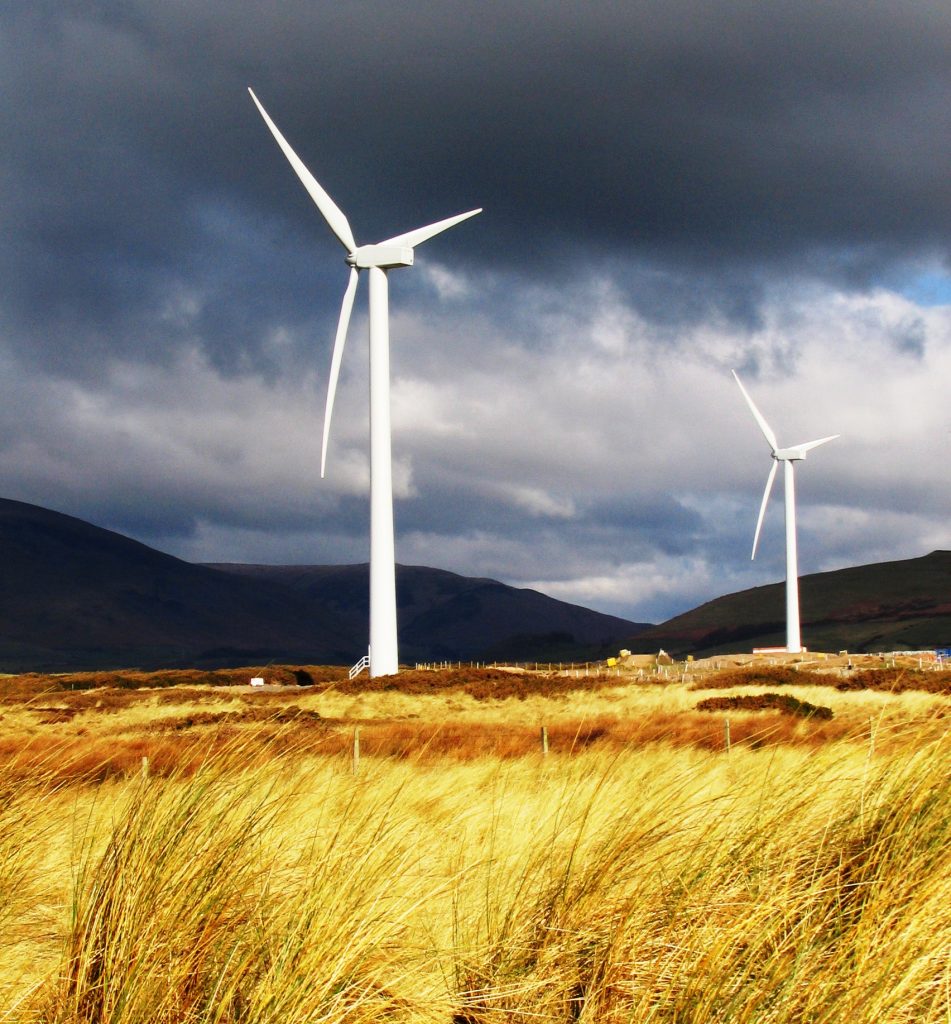
About Windcluster
Windcluster Ltd was founded in 1988 as one of the pioneers of wind-energy development in the U.K. Palmer, the founder of the company, was inspired by developments in Denmark, where small groups of turbines are thoughtfully integrated into the landscape.
Windcluster’s first project, Haverigg I, located on the disused Haverigg Airfield in Cumbria, was commissioned in 1992. It was one of the first commercial wind projects in the U.K. The Haverigg I turbines were repowered in 2005 to have an output of 3.4 MW, an asset that Windcluster continues to own and operate. Windcluster has recently secured the necessary consents to extend the life of the turbines and aims to keep them in operation until 2040.
Windcluster turbines
The Vestas V52 turbines at the Windcluster site are classified as IEC Class 1A turbines. This means they were designed to withstand an annual average windspeed of 10m/s and turbulent wind conditions (18 percent turbulence rate).
The site at Haverigg has an annual mean windspeed of about 8.2m/s and a turbulence intensity of 12 percent, considered to be “exceptionally low” by Garrad Hassan, the authors of Windcluster’s original wind-speed measurement report. The reason for this is that the site is very exposed to winds from the sea, which are much smoother than those from the land.
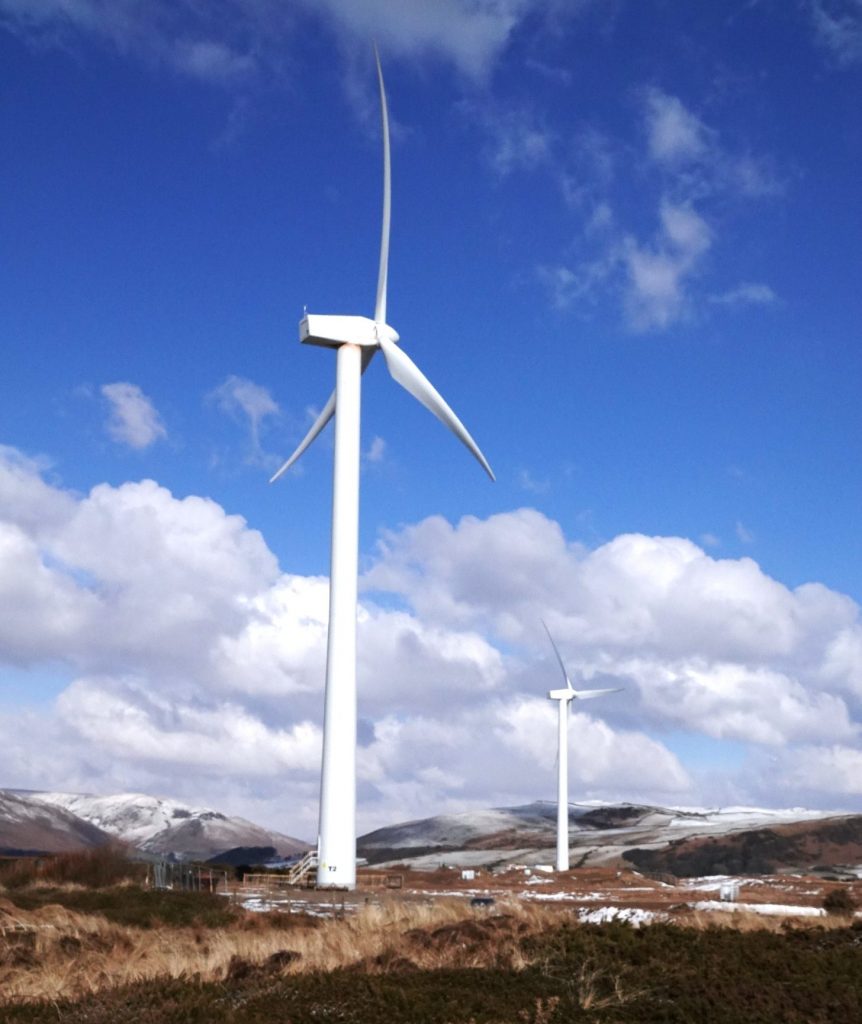
Structural fatigue
All engineering structures are designed to resist a combination of extreme loads and long-term cyclical loading. For wind turbines, the long-term cyclical loading cases tend to be the main design drivers.
This is because of a phenomenon known as structural fatigue. When a component is subjected to repeated load, even at levels much below its extreme failure load level, it will eventually fail. This is structural fatigue, and different materials have different fatigue characteristics.
In general, most engineering materials (and certainly the main materials in wind turbines) follow a power law relationship between the applied stress and the number of cycles. This means that even a relatively small difference in stress levels can result in large differences in the number of cycles that a structure can tolerate before failure.
Because the severity of the cyclical loading is strongly dependent upon the turbulence of the wind regime, Windcluster expects that its turbines still have substantial reserves against fatigue failure.
One careful owner
In addition to operating in conditions that are relatively benign when compared to the design specification, Windcluster’s turbines have been well maintained. The company has had the comprehensive Vestas AOM4000 service contract throughout their lifetime and also the site has been managed by WPO.
MORE INFO www.windcluster.co.uk


















